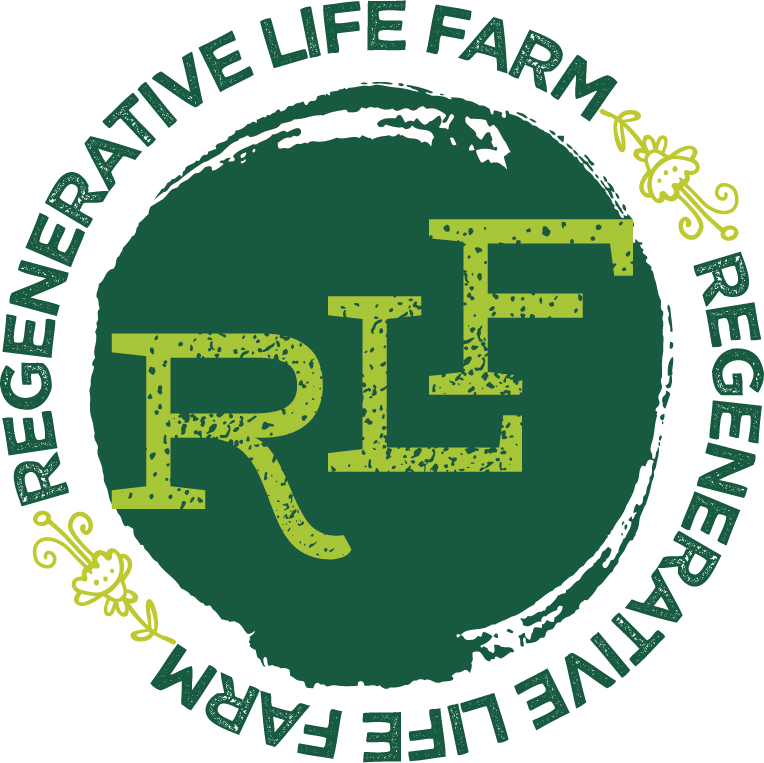Ready for Seeds
This was published in the March 12, 2020 edition of The Fish Wrap
March makes us think about putting seeds in the ground. Faced with the problems of compacted, cold soil and unwanted, leftover plant matter, conventional gardeners turn to tillage. The soil contains the real world wide web - a vast network of life that provides communication and nourishment. Tilling acts like a tornado, breaking the connections and killing the living network of beneficial microorganisms.
Regenerative farmers use broadforking as a less disruptive way of breaking up the soil. A broadfork is essentially a wide potato fork with heavy tines which are pushed into the soil. Then the fork is pulled back at a 45 degree angle. This lifts and de-compacts the soil while leaving most of the network intact. It's hard work and it puts Jarrod’s strong back and endurance to use while Becca watches supportively from the house.
Tarping is a regenerative way to warm up the soil and break down plant matter. We use silage tarps to cover the beds, which have a black and white side, allowing you to somewhat control the temperature in different seasons. We use sandbags to keep it from blowing away, but that can be a challenge when living on the prairie. Blocking the sun will kill any unwanted plants and speed the breaking down process, providing food and nutrients for the microorganisms in the soil.
Soil and nature have their own genius. Soil will naturally build its network of mycelium and beneficial microorganisms so that it can provide everything a sprouting seed needs to grow into a strong, nutrient dense plant. At Regenerative Life Farm, we disrupt the soil as little as possible, trusting that nature knows what she is doing. The best part about leaving the soil intact is that it gets stronger and healthier every year as the network continues to grow!
